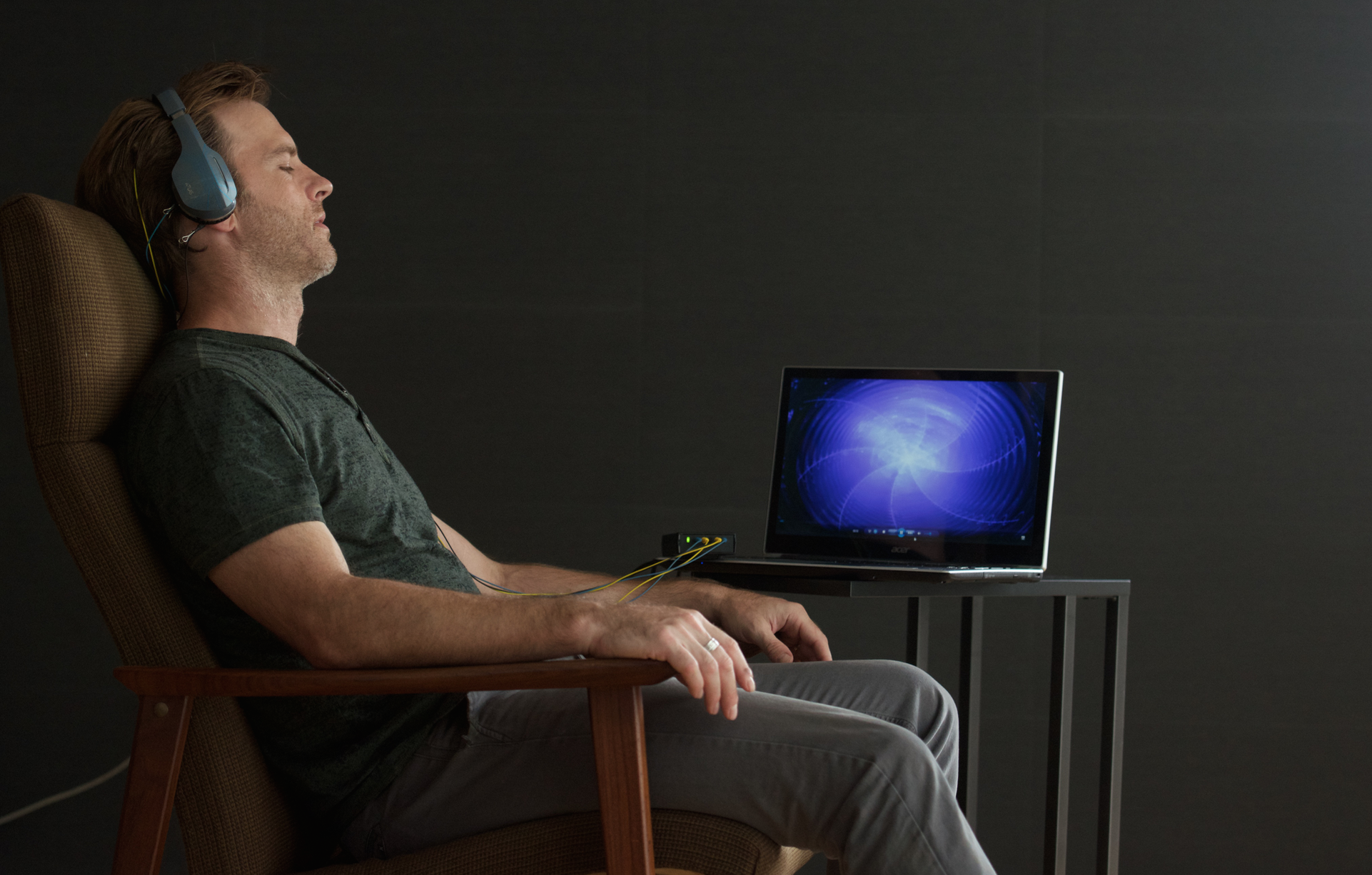Understanding Neurofeedback Systems: Empower Your Decision-making
Learn About Different Systems and Why NeurOptimal® Excels
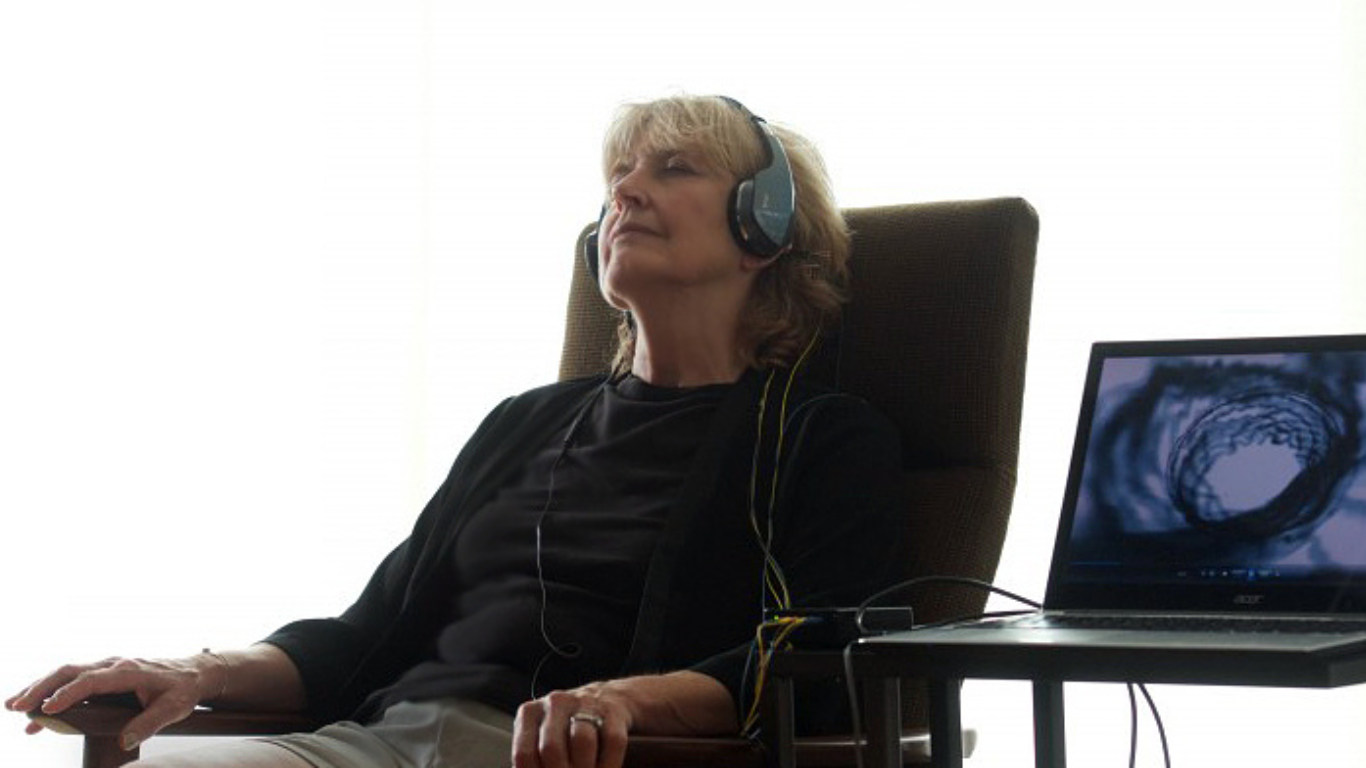
Want a Quick Education?
Watch this short video
Professional-Grade Neurofeedback systems
There are two broad categories of professional neurofeedback systems:- First Generation: Protocol or linear neurofeedback
- Second Generation: Nonlinear or Dynamical® neurofeedback
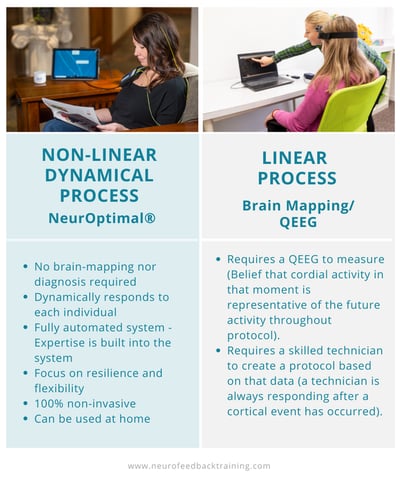
PROTOCOL OR LINEAR NEUROFEEDBACK
The initial generation of neurofeedback devices were designed before computers worked as fast as the human brain, as a result a pre-session diagnosis and setting of protocols was needed to train the brain in a linear fashion. Diagnosis was accomplished through brain mapping or QEEG every 3 months or so to capture brain activity, enabling practitioners to guide brainwave frequencies towards healthier patterns over multiple sessions.
This linear approach, while effective, isn't ideal because brain change is nonlinear. For example, we can be anxious and also feel depressed. Typically, practitioners focus on one symptom cluster for weeks or months before adjusting treatment. This process can lead to short-term side effects, such as agitation or sleepiness, when the required frequencies differ between individuals. Clinician expertise is crucial in determining which symptoms to target, their intensity, and duration in linear neurofeedback.
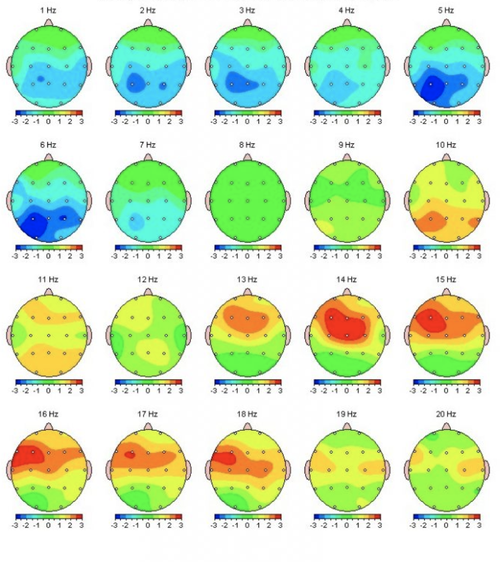
NON-LINEAR OR DYNAMICAL NEUROFEEDBACK
Nonlinear or Dynamical Neurofeedback emerged when computer speeds matched the human brain's processing speed. This advancement enabled real-time feedback on maladaptive brain activity, which manifests as cognitive and emotional symptoms. Brain maps are no longer necessary, as this system facilitates the brain's natural self-improvement through precise feedback.
NeurOptimal® stands as the sole Dynamical Neurofeedback™ system with over two decades of professional use. This software relies on the concept that each individual's brain is its own expert, supported by neuroscience findings on neuroplasticity and neurogenesis. Providing the brain with accurate data allows it to optimize its functioning, as it inherently strives for efficient and effective decision-making.
How NeurOptimal Works
The neurofeedback software translates the brain's electrical currents into brainwave frequencies using mathematical calculations. EEG sensors, attached to the head's sides and clipped to the ears, collect data without sending any signals back to the brain.This software gathers 256 data points per second, offering feedback precisely when the brain's electrical patterns change.
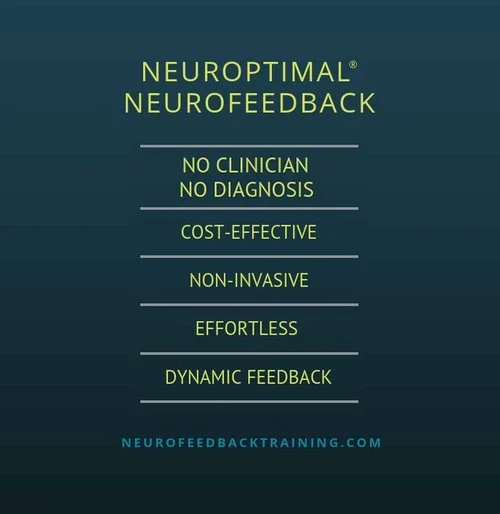
During the training session, feedback is delivered through micro-interruptions in the background music. This aligns with the brain's natural response to monitor environmental changes through passive listening, such as waking up when a child whispers "Mom" while asleep.
The training session involves a precise back-and-forth dynamic process between the brain and the software when the brain is alerted. The brain can then pay attention to its habitual patterns, as it's an energy-efficient information processing center seeking optimal decisions. Real-time information is crucial for this optimization.
Optimization results in various improvements, given the brain's involvement in numerous areas like sleep, cognitive skills, memory, mood, stress response, and language. While clients often focus on specific goals, NeurOptimal® targets overall functioning, leading to unexpected improvements in various areas. It addresses 20 different sets of frequencies across both brain hemispheres, naturally balancing their effects.
BLOGS
Most Popular
FAQs
Do all professional neurofeedback systems require a brain map or QEEG before starting?
Whether you need a brain map (QEEG) before starting neurofeedback depends on the type of neurofeedback system being used: protocol (linear) or Dynamical NeurOptimal (non-linear).
Protocol or Linear Neurofeedback: For this traditional form of neurofeedback, a brain map or QEEG is typically required before starting. The QEEG helps in assessing your brain's electrical activity and identifying any dysregulations. This information is crucial as it guides the clinician in setting specific protocols to target your brain's unique patterns. The brain map serves as a reference point, helping to tailor the neurofeedback sessions to your individual needs.
Dynamical NeurOptimal Neurofeedback: With the Dynamical NeurOptimal system, a pre-session brain map or QEEG is not necessary. This advanced form of neurofeedback does not rely on predetermined protocols based on brain mapping. Instead, it utilizes a real-time, dynamic approach, allowing your brain to use the feedback it receives during each session to self-regulate and optimize its function. This system is designed to respond to your brain's natural functioning, adapting to its needs in the moment without the need for pre-session diagnostics.
Is it safe to start with protocol neurofeedback and switch to home neurofeedback?
Yes, it is generally safe to start with protocol (linear) neurofeedback and later switch to home neurofeedback. Each type of neurofeedback has its own advantages, and transitioning from one to the other can be a seamless process.
Switching to Home Neurofeedback: Home neurofeedback systems, like NeurOptimal, are designed for ease of use and can be operated without the need for a clinician setting protocols. These systems typically use non-linear or Dynamical Neurofeedback, which doesn't require a brain map and instead works by providing real-time feedback to the brain, allowing it to self-regulate. Transitioning to home neurofeedback can offer more flexibility and convenience, as you can conduct sessions in the comfort of your own home.
Is NeurOptimal FDA approved?
NeurOptimal falls under the category of General Wellness Devices. This classification typically includes products that promote a healthy lifestyle and are not intended for medical uses.
For devices classified as General Wellness Devices, FDA approval is not required. These devices are designed for personal use and are not intended to treat or diagnose medical conditions. Therefore, they are not subject to the same regulatory scrutiny as medical devices.
In 2018 the FDA reviewed the NeurOptimal system and allowed for it to be classified as a General Wellness Device as it was determined to be safe to use by consumers without the oversight of a medical health professional.
SCHEDULE A CONSULTATION TODAY!
